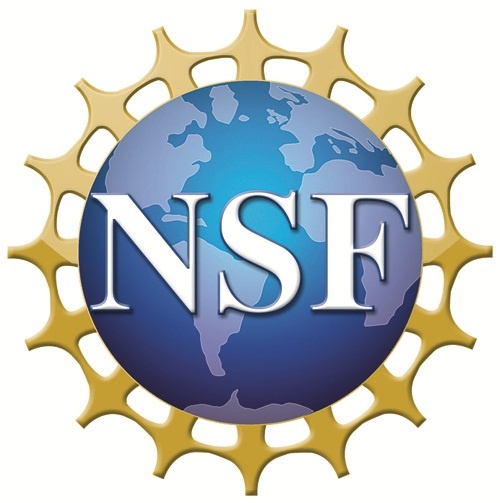About The Event
The Mid-Atlantic Mathematical Logic Meeting (MAMLS) is back to its classic format.
Where
Rutgers, The State University of New Jersey.
When
Friday to Sunday
November 1-3
Schedule

Justin Moore
Uniform ultrfilters on \(\omega_1\) and PFA
Abstract
Does every uniform ultrafilter on \(\omega_1\) have the maxium complexity with respect to the Tukey order? A positive answer to this problem would imply a positive answer to Kunen's problem, showing that every uniform ultrafilter on \(\omega_1\) requires at least \(2^{\aleph_1}\) elements to generate it. On the other hand, unlike Kunen's problem, not even a consistent positive answer is known. This talk is a preliminary report on this problem, focusing on what happens under the assumption of PFA. This is joint work with Tom Benhamou and Luke Serafin.

Alejandro Poveda
Recent progress on the theory of supercompact cardinals
Abstract
In this presentation we will report on some recent results on the large cardinal hierarchy between the first supercompact cardinal and Vopenka's Principle. We will present various consistency results as well as a conjecture about how the large-cardinal hierarchy of \(\text{Ultimate-}L\) looks like at these latitudes. One of our main theorems is the consistency of every supercompact cardinal being supercompact with inaccessible targets, which answer questions by Bagaria and Magidor. This configuration is consistent with (virtually) all large cardinals, yet at odds with the predictions made by Woodin about these cardinals in \(\text{Ultimate-}L\). This new configuration is a consequence of a new axiom we introduce (named \(\mathcal{A}\)) which regards the mutual relationship between superstrong and tall cardinals with strong limit targets. Time permitting we shall also propose open problems and discuss possible strengthenings of axiom \(\mathcal{A}.\)

Discussion & HH

Will Brian
Does P(ω)/fin know its right hand from its left?
Abstract
I'm going to talk about an old question of van Douwen: Are the shift map and its inverse conjugate in the automorphism group of P(ω)/fin? By the mid 1980's, van Douwen and Shelah proved that it is consistent they are not conjugate. Specifically, any automorphism witnessing their conjugacy would need to be nontrivial (van Douwen), but it is consistent that all automorphisms are trivial (Shelah). In this talk I'm going to discuss the complementary result: it is consistent that the shift map and its inverse are conjugate and, in fact, it follows from CH.
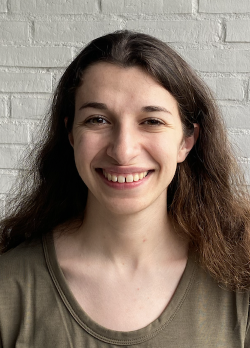
Cecelia Higgins
Hitting Sets and Borel Combinatorics
Abstract
Let \(X\) be a standard Borel space, and let \(f\) be a Borel acyclic function on \(X\). A set \(H\) is hitting for \(f\) if, for each \(x \in X\), there is \(k \in \mathbb{N}\) such that \(f^k(x) \in H\). In this talk, we give some applications of hitting sets to Borel combinatorics. First, we use independent hitting sets to construct witnesses to finite Borel asymptotic dimension on non-dominating subsets of the shift graph on \([\mathbb{N}]^{\mathbb{N}}\). By combining this construction with work of Todorčević and Vidnyánszky, we compute the complexity of the set of Borel subgraphs of the shift graph that have Borel asymptotic dimension at most \(1\). Using a similar argument, we also solve the following decision problem: If \(H\) is a finite directed graph and \(f\) is an acyclic Borel function, when is there a Borel homomorphism from the directed graph generated by \(f\) to \(H\)? This is joint work in progress with Jan Grebík.

Matt Foreman
Type 4 impossibility results
Abstract
Impossibility results have played an important role in mathematics, from questions like solutions of polynomials, the word problem in group theory to non-measurable subsets of \([0, 1]\). This talk will present new impossibility results about classical problems in dynamical systems and ergodic theory. They answer questions dating to Poincaré and others asked by von Neumann and Smale.
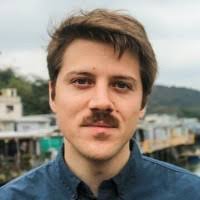
Leo Jimenez
Internality of autonomous systems of differential equations
Abstract
When solving a differential equation, one sometimes finds that solutions can be expressed using a finite number of fixed, particular solutions, and some complex numbers. As an example, the set of solutions of a linear differential equation is a finite-dimensional complex vector space. A model-theoretic incarnation of this phenomenon is internality to the constants in a differentially closed field of characteristic zero. In this talk, I will define what this means, and discuss some recent progress, joint with Christine Eagles, on finding concrete methods to determine whether or not the solution set of a differential equation is internal. A corollary of our method also gives a criteria for solutions to be Liouvillian: I will show a concrete application to Lotka-Volterra systems.

Patrick Lutz
Borel graphability of Polish group actions
Abstract
Every Borel graph G on a Polish space X induces an analytic equivalence relation on X by considering two points equivalent if there is a path between them in G. Equivalence relations which arise in this way are called Borel graphable. In recent work, Tyler Arant, Alexander Kechris and I have examined the question of which analytic equivalence relations are Borel graphable. In this talk, I will discuss some of our results, focusing mostly on the case of equivalence relations which are the orbit equivalence relation of some Polish group action. In this setting, we have shown that there are many Polish groups (including both all connected groups and the group of permutations of the natural numbers) whose Borel actions all have Borel graphable orbit equivalence relations. I will also discuss the (open) question of whether these results can be extended to all Polish groups.

Sergei Starchenko
A generalization of Elekes-Szabó theorem
Abstract
A theorem of Elekes and Szabó
(2012) recognizes algebraic groups
among certain complex algebraic surfaces in \(\mathbb{C}^3\)
with “large” intersections with finite grids.
Bays and Breuillard (2018) generalized it to any arity and dimension.
In this talk I present a generalization to relations definable in strongly
minimal structures with distal expansions (includes algebraically and
differentially closed fields of characteristic \(0\));
and also relations definable in o-minimal structures,
Our methods also provide explicit bounds on the power saving exponent in the non-group case.
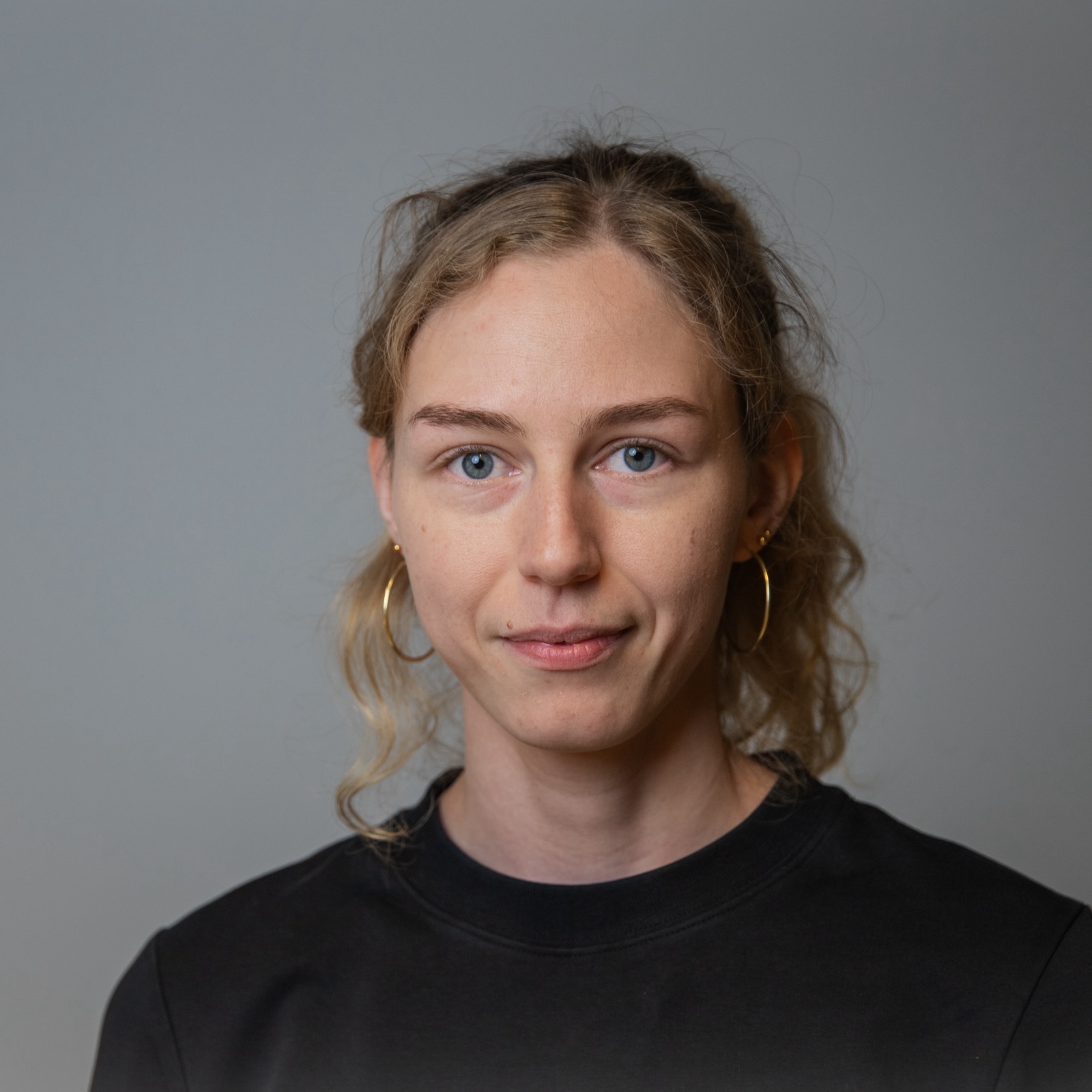
Siiri Kivimaki
Universal Aronszajn trees
Abstract
A universality question asks: given a class equipped with a notion of embedding, does it have a universal object? An example of an interesting class is the class of models (of some fixed size) of some first order theory. Often, when the size of the objects is uncountable, the answer becomes independent of ZFC. In this talk I will concentrate in a natural class which is not a first order elementary class: trees with no cofinal branches.
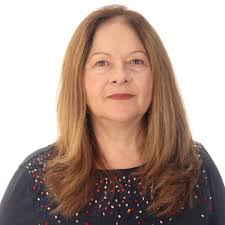
Valentina Harizanov
Almost Computable Structures
Abstract
In the last decade, computability theorists studied almost computable sets based on the notion of asymptotic density, such as generically and coarsely computable sets. We extended this approach by defining and investigating densely and coarsely computable structures. After all, these notions were originally motivated by problems in finitely presented groups. While in generic computability we may not have answers on inputs from a small set, in coarse computability we may have wrong answers on inputs from a small set. These notions are stratified by natural elementarity conditions for large substructures. This is joint work with Wesley Calvert, Douglas Cenzer, and David Gonzalez.
Event Venue
Rutgers, New Brunswick
Murray Hall — Room MU212 (on Friday)
Rutgers Academic Building — Room ABW1170 (on Saturday and Sunday)
Sponsors
